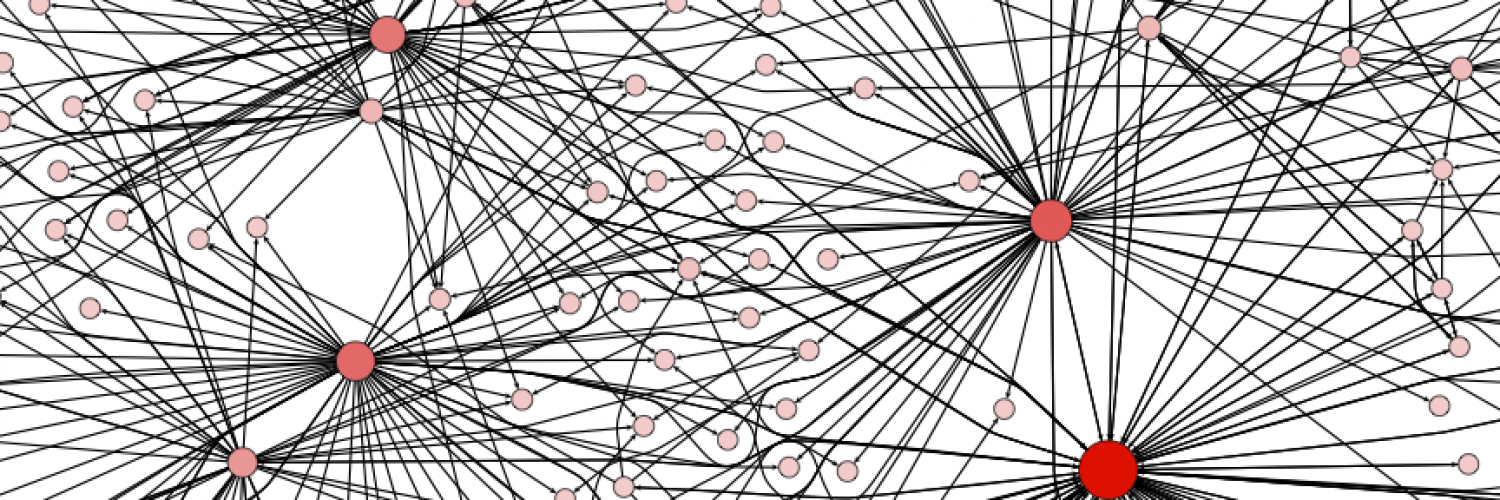In Google's first issue of "Think Quarterly," it's new business to business publication, Susan Wojcicki, Google's employee number 16, sums up the classic exploration versus exploitation tradeoff writing, "We face the classic innovator’s dilemma: should we invest in brand new products, or should we improve existing ones?"
James March laid out this ubiquitous dilemma, which every organization faces in one form or another, in his now classic paper, "Exploration and Exploitation in Organizational Learning." Each summer at the University of Michigan's ICPSR Summer Program on Quantitative Methods I co-teach a course on complex systems models in the social sciences in which I often discuss March's famous paper (in fact, we just discussed the paper today). In going over the paper this summer I was struck again by the continuing relevance of his insights.
The quote that grabbed me today was, "... adaptive processes characteristically improve exploitation more rapidly than exploration ... these tendencies to o increase exploitation and reduce exploration make adaptive processes potentially self-destructive." Here, March says we have to constantly be on guard to preserve exploration in our organizations. Our natural tendency, just by doing what's best for us in the short run, is to gradually scale back exploration in favor exploitation, until all we do is exploit. But, in doing so, we ultimately doom our organization to failure because we're no longer able to adapt to changing environment, or we lock into a sub optimal solution and eventually our competitors surpass us (see the earlier post on Borders). March issued this warning to all organizations long before Clayton Christensen's Innovator's Dilemma. The process of adaptation that makes us good at what we do now will destroy us down the road if we don't actively work to preserve exploration in our organization. Which brings us back to Google. Google is famous for so-called "20 percent time" in which engineers are asked to dedicate a full day a week to things "not necessarily in their job description." This is Google's way of actively maintaining exploration in their organization. So far, it seems to be working for them.


